When you drink coffee regularly, you can probably tell that the tastes vary from time to time. In fact, if you order specialty coffee online from various sources, you’re not going to get the same exact taste. Sometimes you get a rich and dark taste, while other times, you get a hint of fruitiness in your cup; even the intensity changes.
But did you know that the variation in flavor mainly depends on how the coffee beans were roasted? Sure, other factors like the origin of the beans, climate, or the process it went through all contribute to the taste. Yet, it’s really about whether your coffee beans are light, medium, or dark roast that will give you a hint of what your coffee will taste like.
In this article, we will share more about light, medium, and dark roasts and explain each type or level of roast and their differences:
Light Roast
Light roast coffee beans are lighter in color and have no oil on their surface because they are subjected to less heat than a dark roast. When you roast the beans, you are forcing moisture out of them, but because lightly roasted beans are not heated as long as dark roasted beans are, they retain more moisture and are denser.
Contrary to popular belief, a light roast bean is a denser bean and has more caffeine, and tastes brighter or acidic. It even gives fruity and herbal flavors when brewed. As such, you get a cup that has a thinner body but gives you an intense buzz.
Medium Roast
Slightly darker than a light roast but still with no oil on the beans’ surface, a medium roast offers a more balanced flavor and acidity—it has that aroma that you can’t resist. When left a little longer to roast, it becomes medium-dark, which means a darker hue and a richer texture.
Medium roast beans are the best coffee beans for when you want to add flavoring like caramel or vanilla. This is because if the flavoring is added to a roast that’s too light, the flavor characteristics will be lost, resulting in a flat beverage. Likewise, you cannot use a roast that’s too dark because the beans’ strong taste will drown the flavoring.
Dark Roast
Dark roast is probably what comes to your mind when someone says coffee beans—they’re dark in color, and the beans are quite oily. A common misconception is that oily beans=bad. However, visible oils on coffee beans don’t necessarily mean the beans are stale or of a lesser quality. Oils on the beans are the result of a natural oxidation reaction that occurs both during roasting, and over time in already roasted beans.
These beans are roasted the longest and subjected to higher temperatures as well. Because they lose more moisture during the roasting process, they are considerably less dense, and you get a thicker-bodied coffee. In a dark roasts, bitter is the predominant flavor.
As mentioned above, the caffeine content is highest with light roast, so you can expect that the one with the least caffeine would be the dark roast 🤯, even though the difference is minimal. While you’ll get a complex flavor profile from a light roast, you’ll get more of a single-note flavor from a dark roast.
Conclusion
There’s something to appreciate about each type of roast. While you may prefer one over the other two, it’s highly recommended that you give all of them a try to understand their similarities and differences better. In the end, one of the best parts of having coffee is discovering new tastes every time you brew a pot!
When you’re ready to discover a whole new level of coffee goodness, Kunjani is here to provide you with ethically sourced coffee beans from Colombia, Costa Rica, Ethiopia, Guatemala, Mexico, Uganda, and many other locations. You can also visit our coffee shop in Naples, FL, to enjoy our freshly roasted and freshly brewed coffee. Order our beans online or subscribe to get special offers and all things coffee!


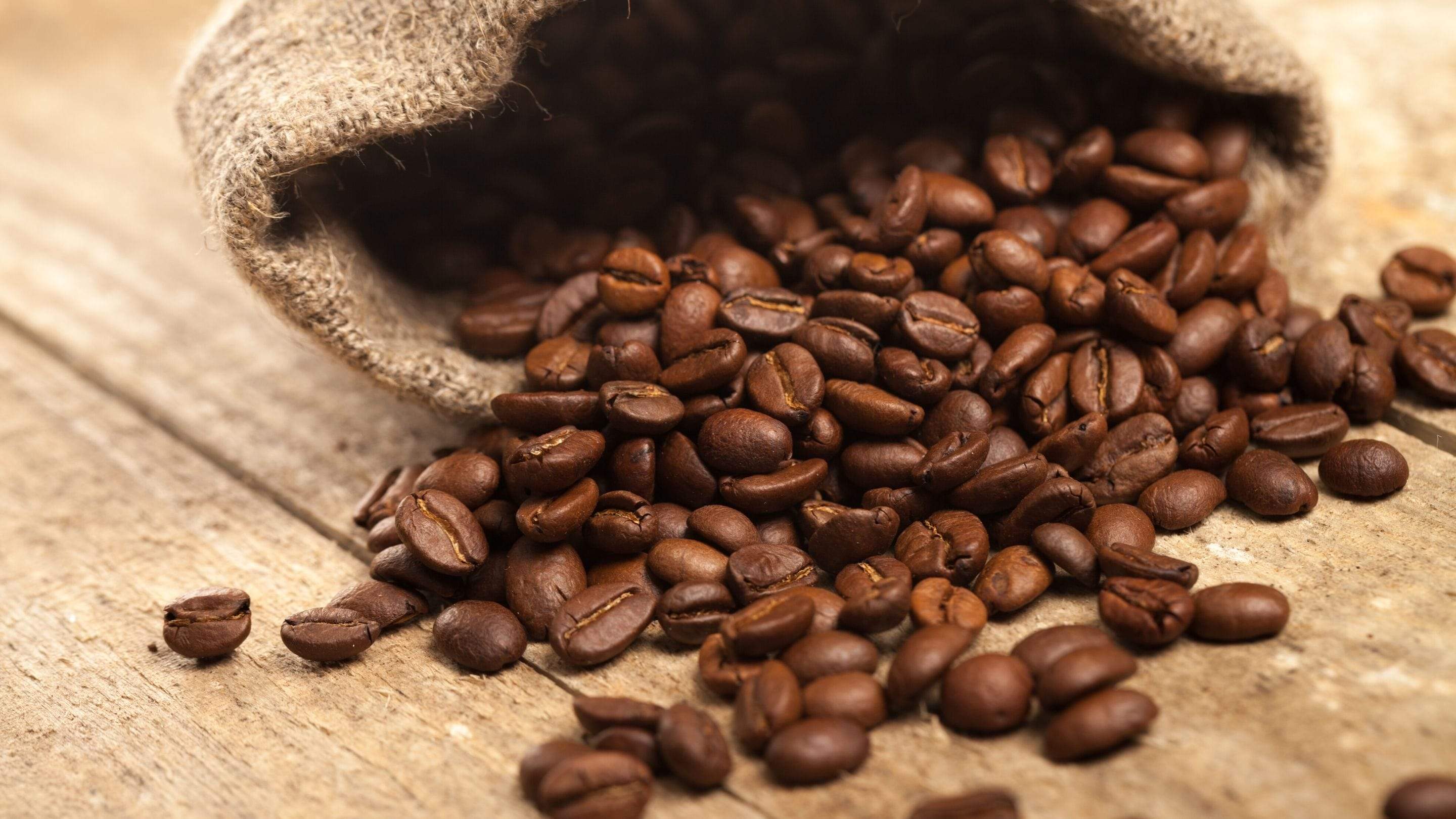
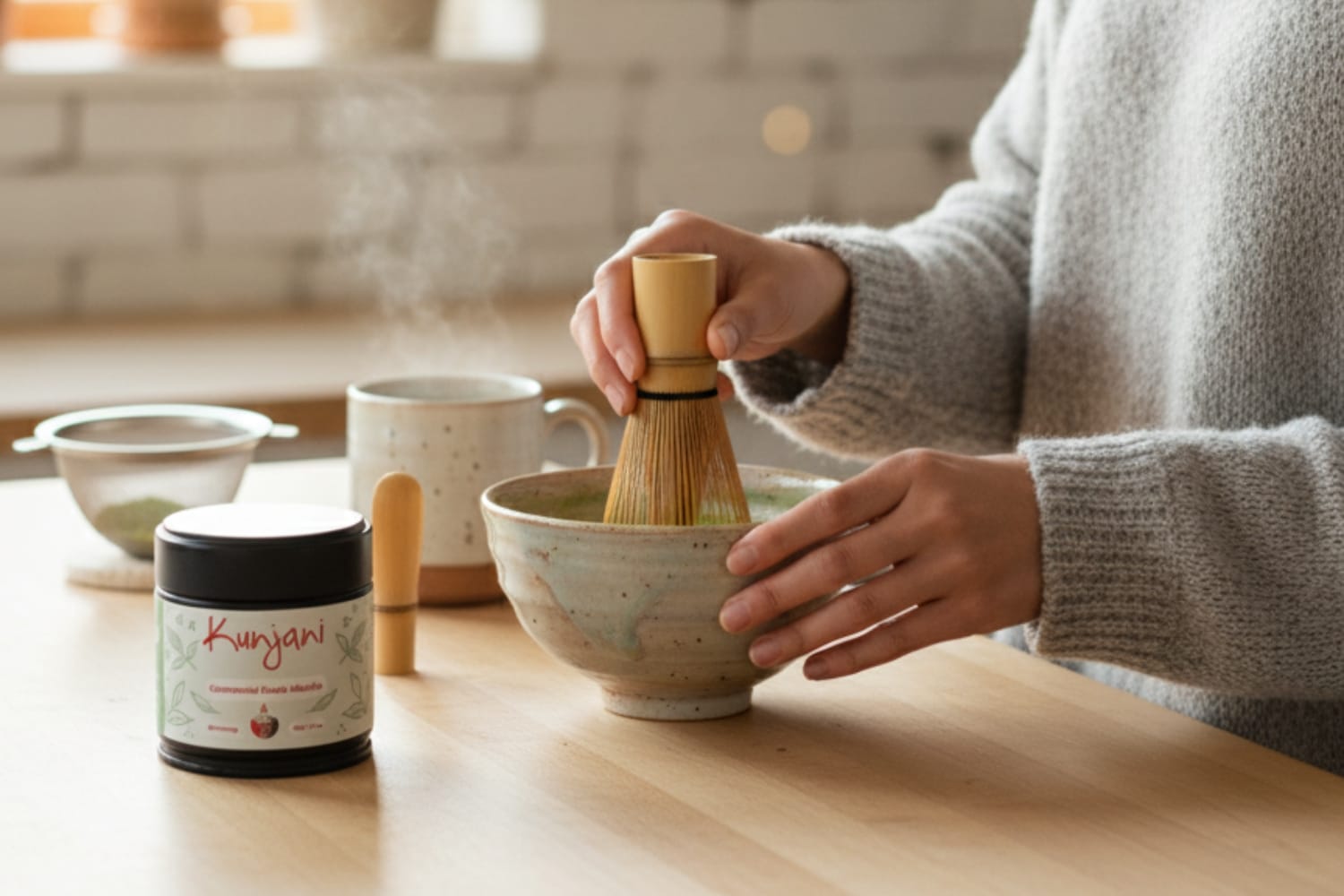
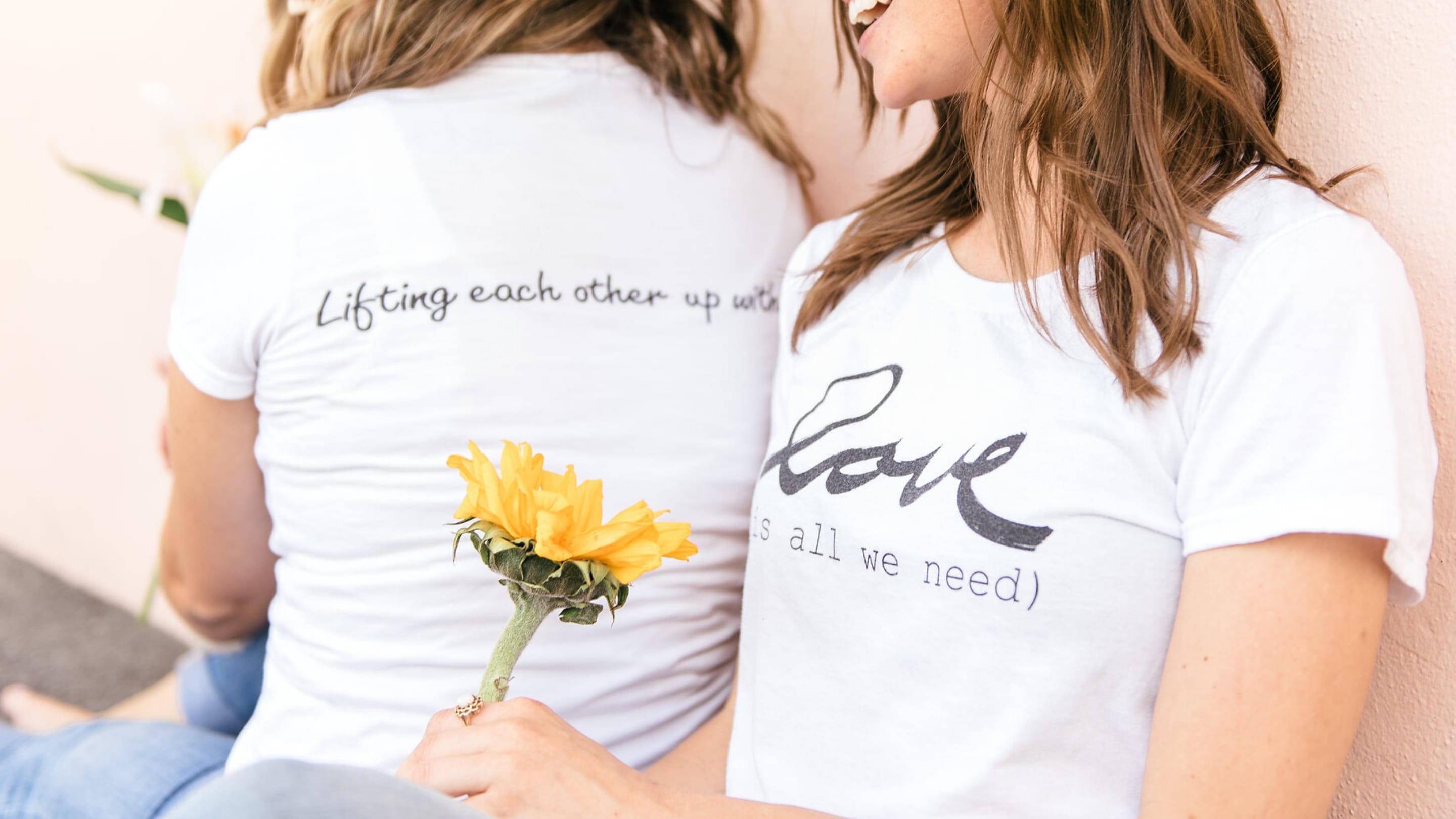


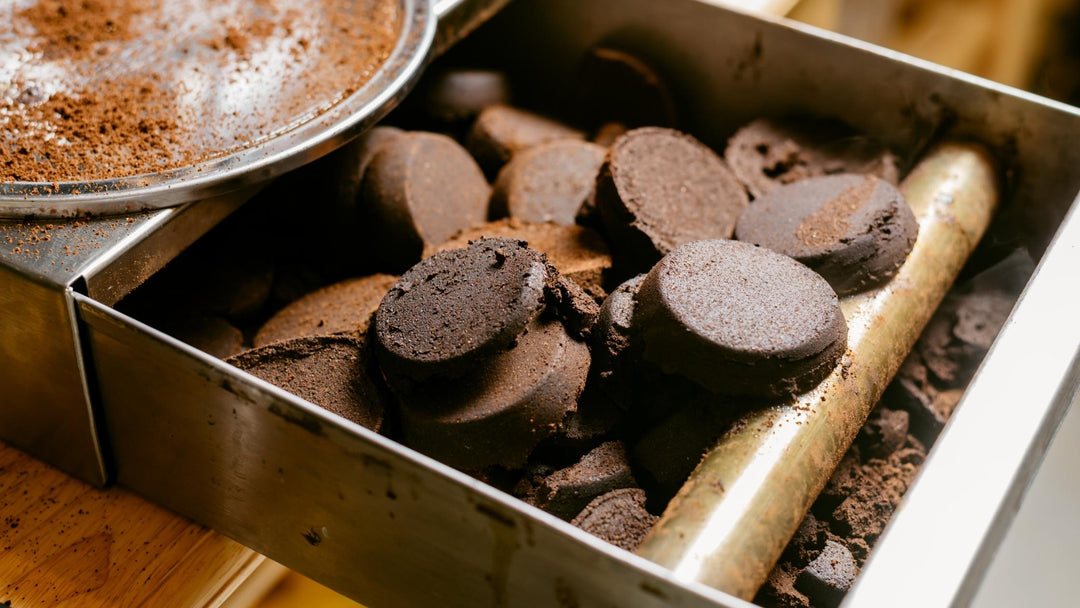
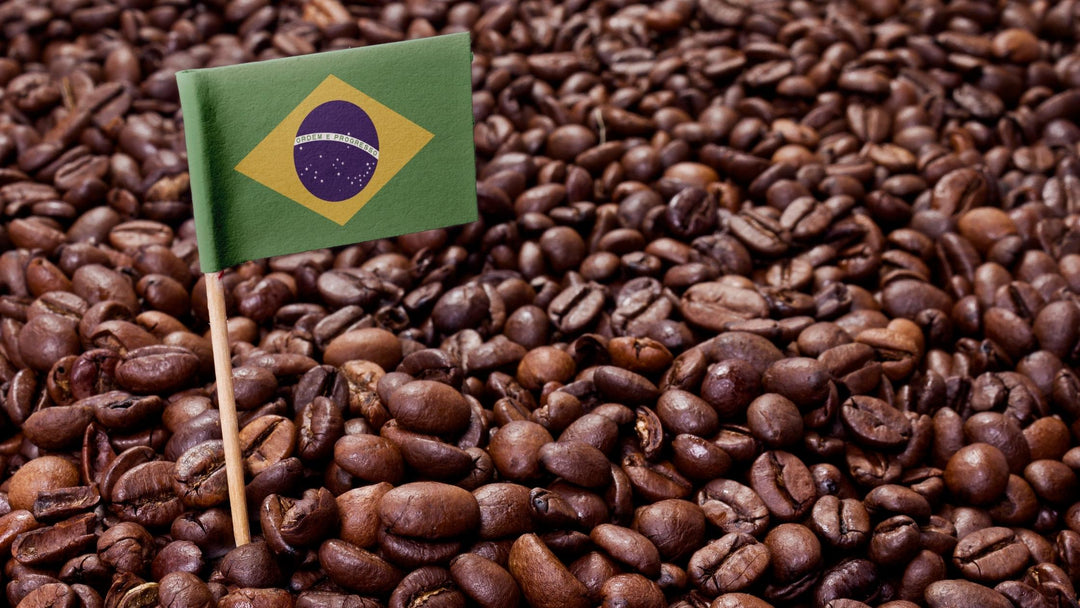
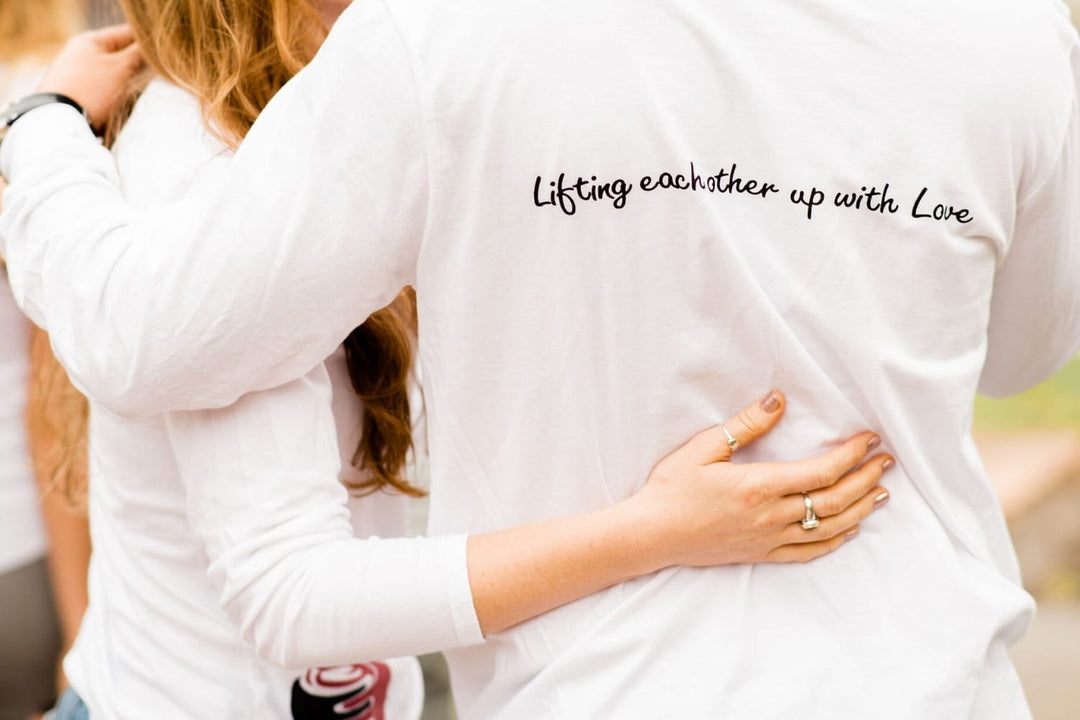
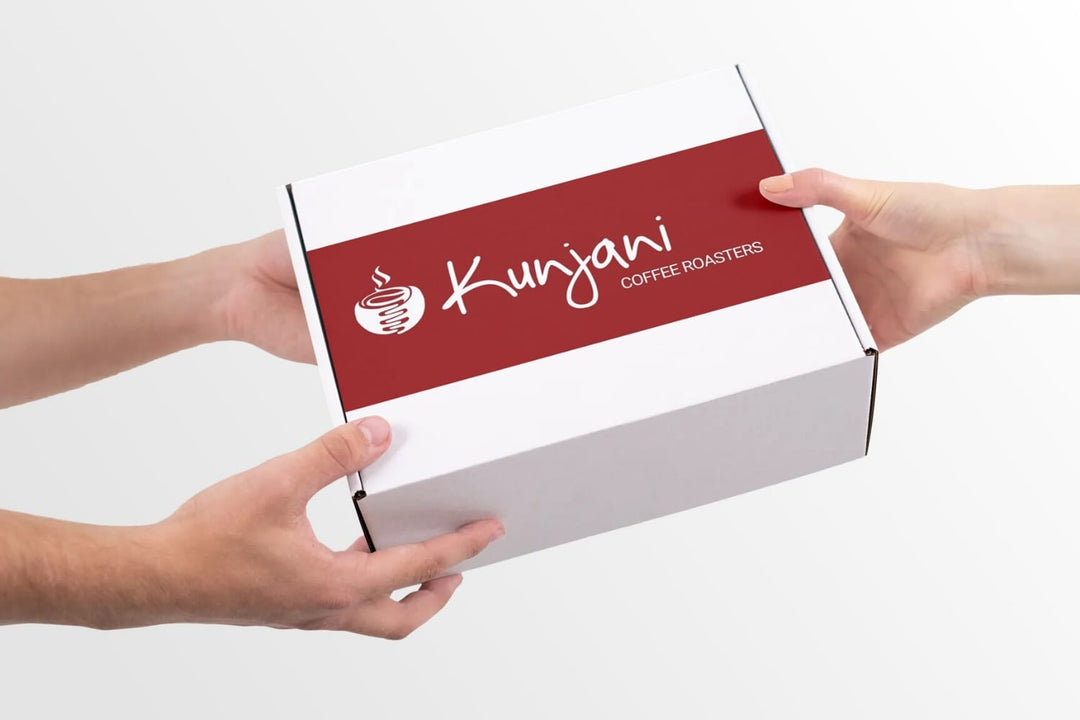
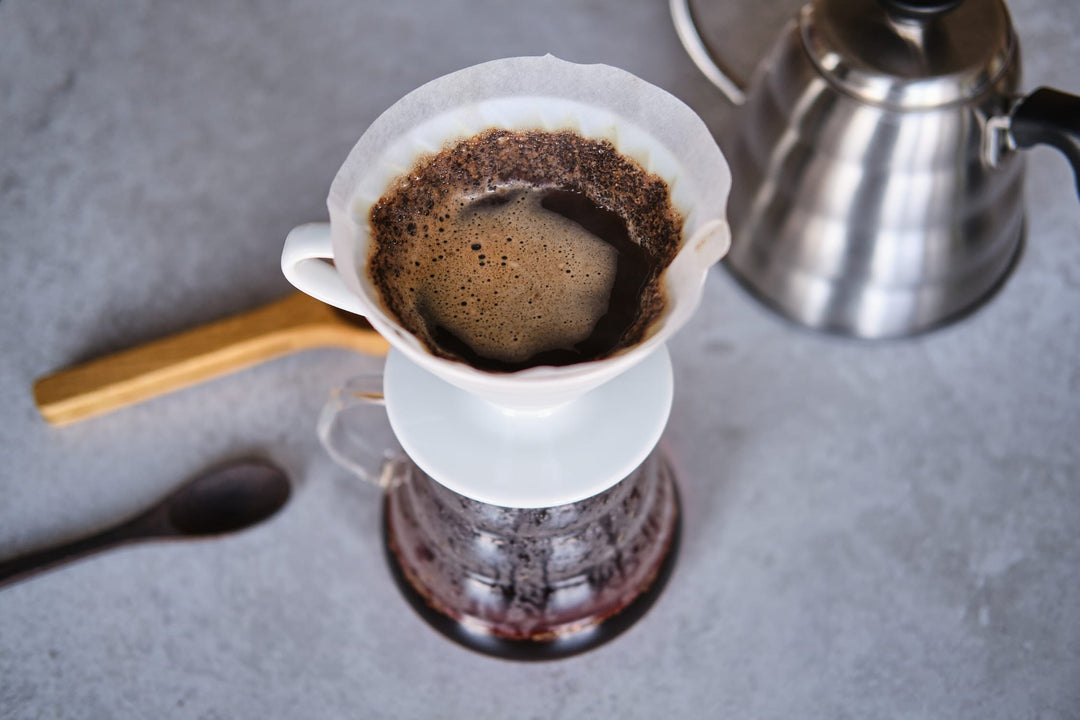
Leave a comment